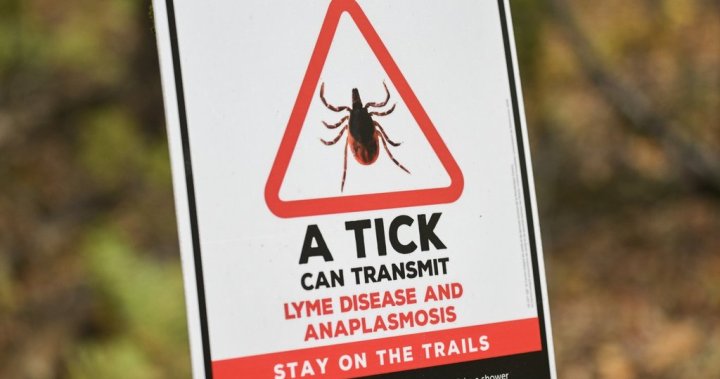As Quebecers eagerly embrace summer activities after a long winter, provincial health authorities have issued an urgent warning about the increasing risks of diseases transmitted by ticks and mosquitoes. The warming climate has created ideal conditions for these disease-carrying insects to thrive, putting outdoor enthusiasts at heightened risk during the peak summer months.
“We’re seeing a concerning expansion of tick habitats throughout southern Quebec,” explains Dr. Marie Leblanc, infectious disease specialist at Montreal’s McGill University Health Centre. “What was once a limited problem has become a significant public health concern requiring vigilance from all residents.”
The Quebec Ministry of Health’s alert specifically highlights Lyme disease, which has seen a dramatic 300% increase in reported cases over the past decade. Transmitted primarily by blacklegged ticks (also known as deer ticks), Lyme disease can cause serious neurological and cardiac complications if left untreated. Early symptoms often include a distinctive bull’s-eye rash, fever, fatigue, and joint pain.
Meanwhile, West Nile virus, Eastern equine encephalitis, and other mosquito-borne illnesses present a parallel threat as temperatures rise. These diseases can cause severe neurological damage in vulnerable populations, particularly the elderly and immunocompromised individuals.
Provincial health officials are deploying a comprehensive prevention strategy that includes enhanced surveillance, public education campaigns, and targeted interventions in high-risk areas. The initiative comes as neighboring Ontario and the northeastern United States are experiencing similar increases in vector-borne diseases.
“Prevention remains our most effective tool,” states Quebec’s Director of Public Health Dr. Jean Rousseau. “Simple measures like using insect repellent containing DEET or icaridin, wearing light-colored long sleeves and pants, and performing daily tick checks can significantly reduce infection risks.”
The province has also launched an interactive online map showing tick density across different regions, allowing residents to assess their local risk levels before outdoor activities. The highest concentration of disease-carrying ticks currently appears in the Eastern Townships, Montérégie, and parts of the Outaouais region.
For those experiencing potential symptoms after tick bites, health authorities stress the importance of prompt medical attention. “Early intervention with appropriate antibiotics can prevent Lyme disease from progressing to more serious stages,” notes Dr. Leblanc. “Documentation of outdoor activities and potential exposure sites also helps our surveillance efforts.”
Climate scientists working with Quebec’s public health department project that suitable habitats for disease-carrying insects will continue expanding northward as temperatures rise, potentially putting previously unaffected communities at risk in coming years.
Municipal parks departments across the province have responded by posting warning signs in high-risk areas and implementing targeted vegetation management to reduce tick populations in public spaces. Some communities have also increased mosquito control measures in wetland areas known to harbor disease-carrying species.
As Quebecers navigate these evolving health risks, the question remains: will our outdoor traditions and activities need to fundamentally change as climate shifts make vector-borne diseases an increasingly permanent feature of our summer landscape?
For more information on prevention strategies and symptoms to watch for, residents can visit the Quebec Ministry of Health website or consult with their healthcare providers.


















